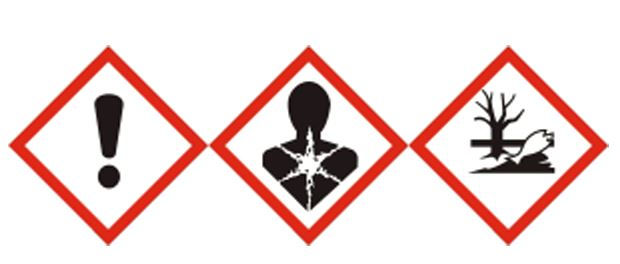Proudly Made With TPO
- Terry Clayton

- Sep 24
- 3 min read
As someone who formulates UV-curable inks and coatings and not formally affiliated with a large ink manufacturer, I have the freedom to speak plainly about what makes these systems safer, and what’s just…..well,… noise.
Is TPO Bad?
Heck no! But lately, I’ve seen social media posts claiming that UV inks and coatings would be “safer” if we simply replaced the photoinitiator trimethylbenzoyl diphenyl phosphine oxide, aka TPO, with another like TPO‑L or BAPO. However, we might actually wind up with an unsafe ink or coating! That’s right. All the major ink and coating manufacturers know this and I decided to speak up on this.
Without putting you to sleep with a long talk on free radical polymerization, let me explain.
A UV formulation which does not cure completely is a far greater risk to safety than which photoinitiator is used in it.
That statement is not controversial among formulators, but it seems to be left out of recent chatter lately.
Why is TPO Used?
Years of work has led to the development of today’s UV curables. TPO is one of the ingredients which opened the door for LED lamps as an alternative to mercury arc lamps. It works great! This allowed printers to reduce the dependence on lamps containing heavy metals. It’s opened the door to printing on thinner, more temperature sensitive medias, lower energy consumption and reduced ozone generation in print shops. These are significant sustainability benefits.
Now let me tell you why I like TPO as an ink formulator. TPO is more soluble than other photoinitiators, cures very well with UV LED lamps, and is cost effective. These attributes allow ink companies to produce inks which cure efficiently, are low cost, and safe.
We should be less focused on the photoinitiator and more so on how well the UV ink or coating cures. All the major ink companies conduct exhaustive testing to ensure their formulas cure efficiently and completely. This minimizes if not eliminates chemical migration of monomer, additives, photoinitiators and radical byproducts.
Wasn’t TPO Reclassified?
Okay Terry, if that’s true, well then why was TPO targeted? Great question reader (I provided a summary on TPO regulatory changes in a previous article). In a nutshell, there are a lot of people using UV LED curable nail polish. So you are basically putting uncured UV curable coatings on your body (nails) and curing them. And what photoinitiator happens to be used in most of these formulations? You guessed it. TPO. So in the EU, after sufficient toxicological data was collected, it was classified as a CMR 1B and automatically banned from cosmetics…
So what about other photoitiators? Ah, another interesting question….. I would argue it’s not so much that they are safer, it’s just that the research and testing is not as far along. It kind of makes sense doesn’t it? All photoinitiators do the same thing: They start a chemical reaction when exposed to UV or visible light thereby causing inks, coatings, or adhesives to polymerize.
Curing Efficiency Versus Which Photoinitiator
Unreacted monomers and photoinitiators (due to under-curing or poor formulation) are the real source of migration, sensitization, and toxicity concerns. This is true not only in printing but also in packaging, cosmetics, medical device or consumer products. A well-cured UV formulation, regardless of which photoinitiator is used, will release far less residual material than a poorly cured system using a “safe-labelled” photoinitiator.
I’ve tested this firsthand: optimizing formulation, UV exposure, film thickness, and pigment loading can reduce residual photoinitiator by orders of magnitude. Degree of cure can be quantified by methods such as FTIR, and migration can be studied with standard methods and tools such as GC-MS.
The Logical Goal
As a chemist, I care about both performance and safety. Demonizing one photoinitiator and just replacing it with another one is a fool’s errand.
Instead, we stay the course. Continuing the history of innovation, always hunting for safe, high performing and cost effective chemistries. We have the tools to study curing as well as migration to ppb levels! Let data drive our direction, not fear.






Comments